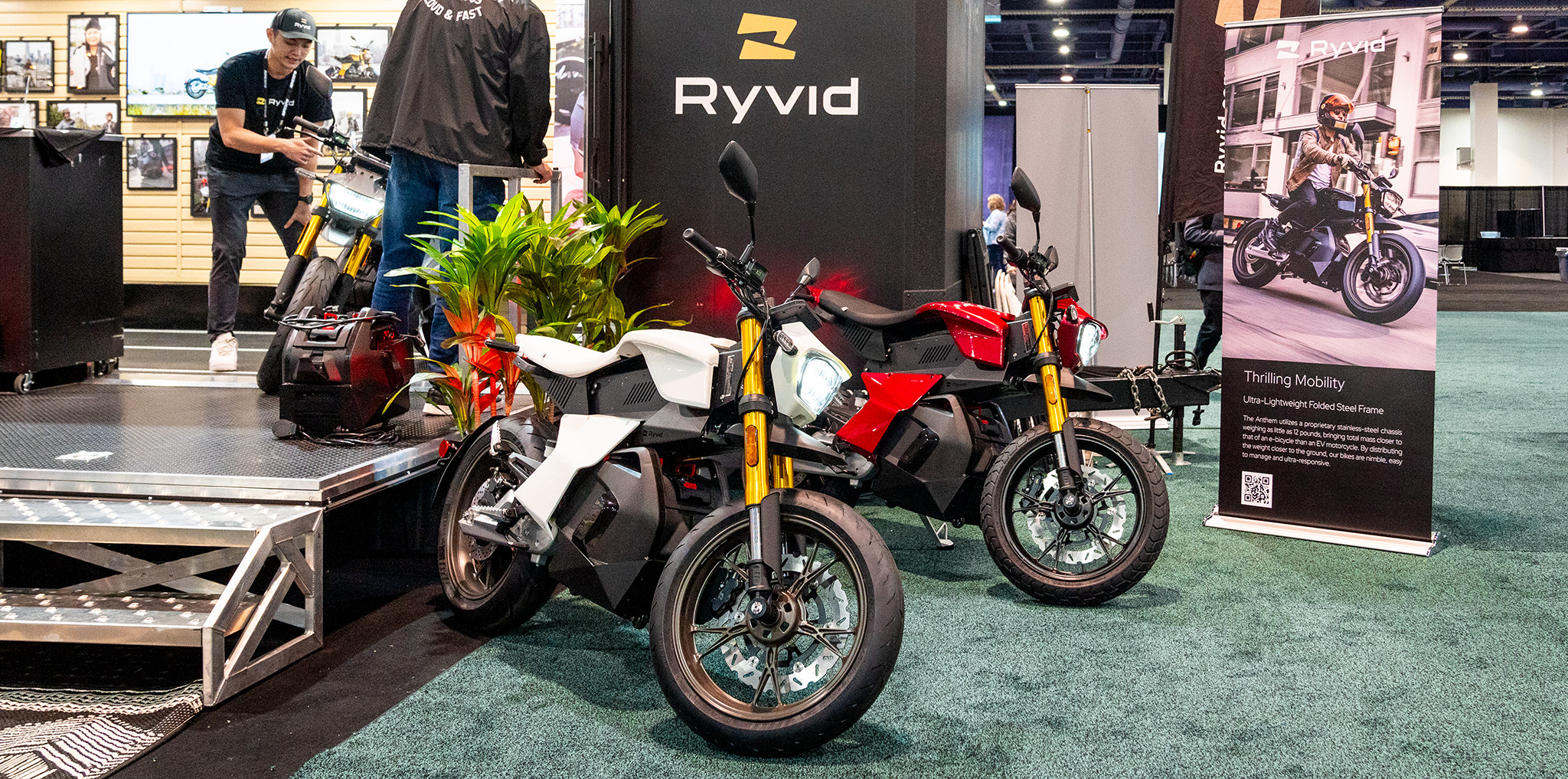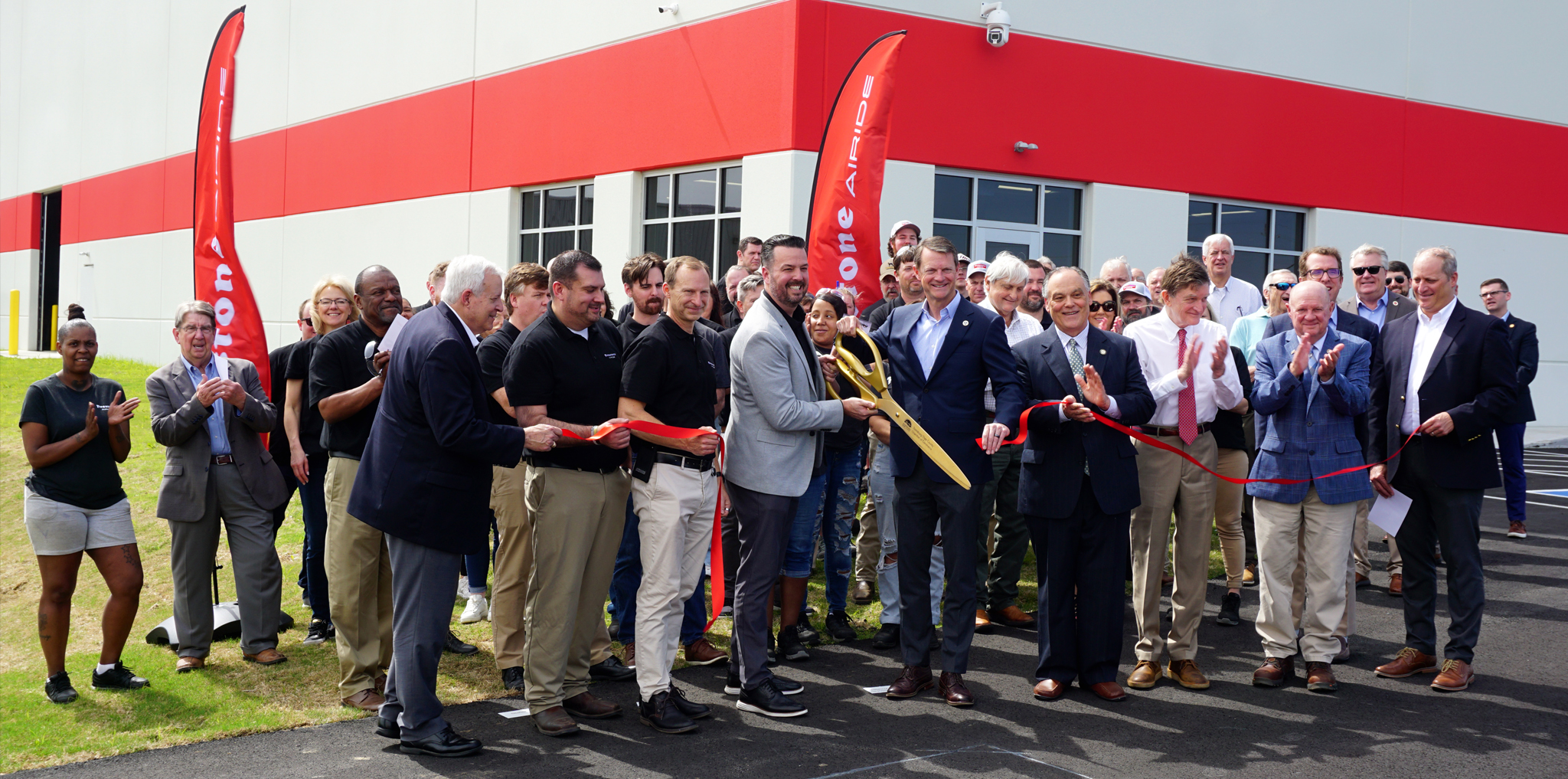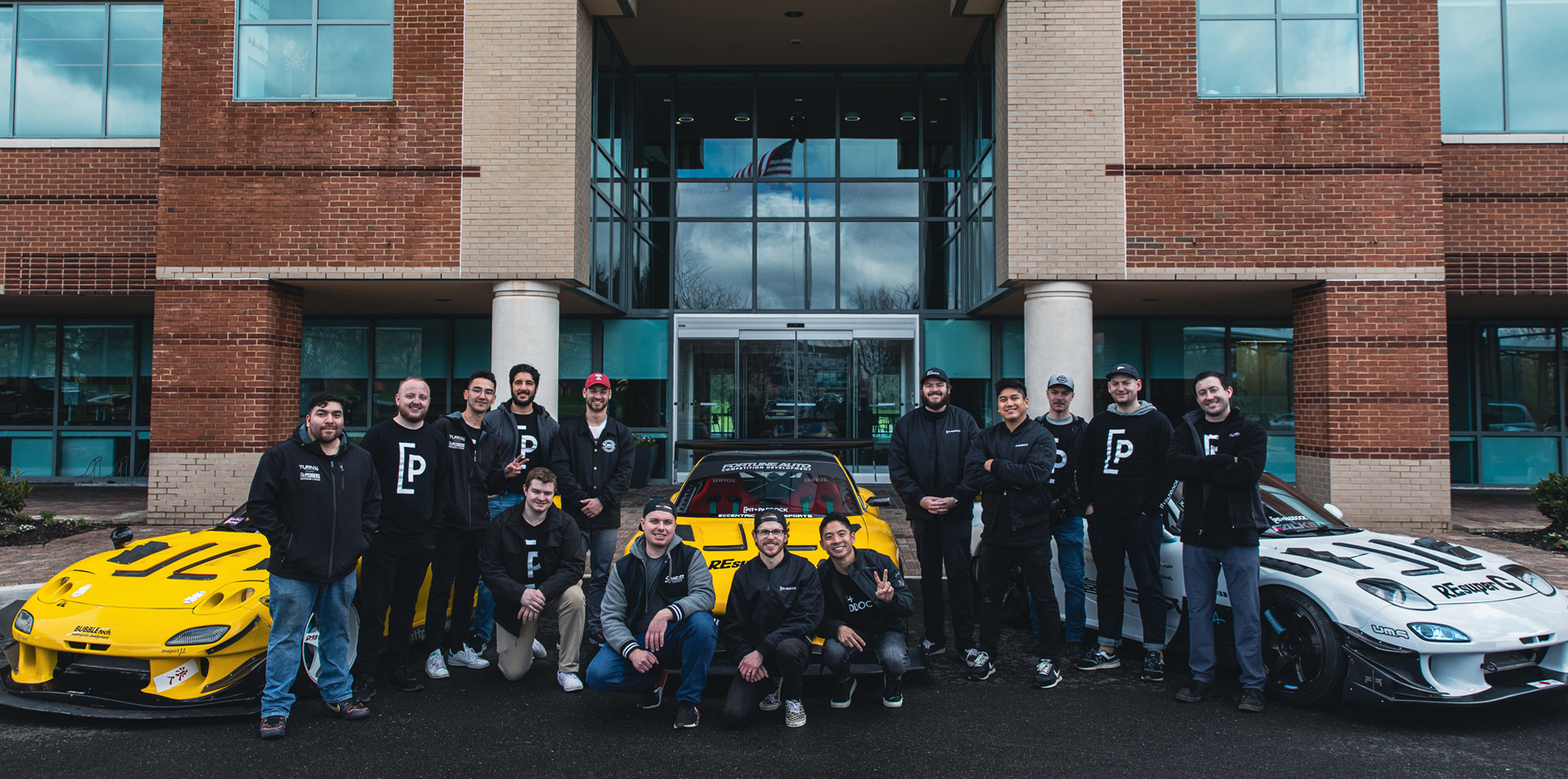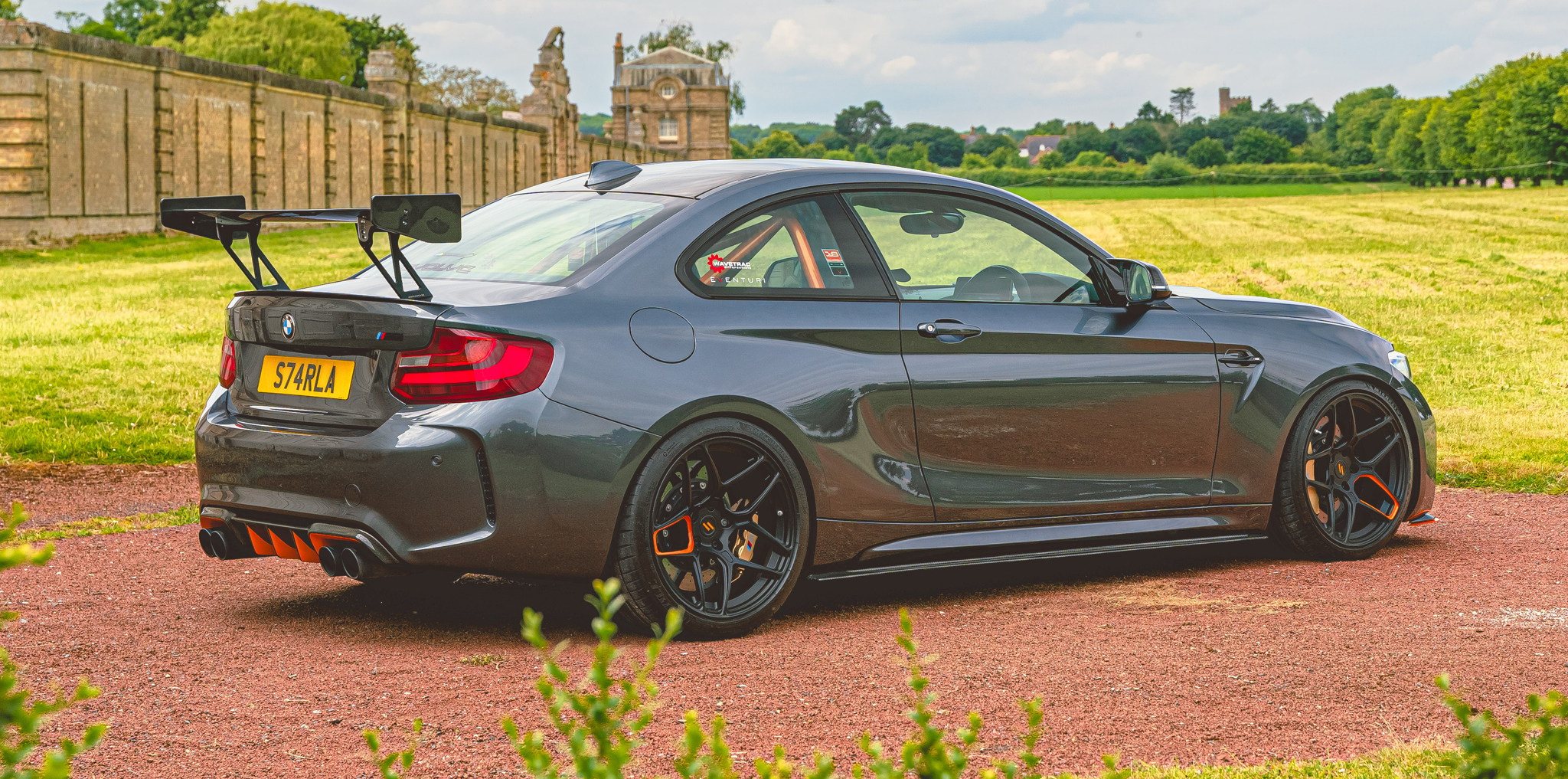
Images courtesy of Whiteline
Suspension component science is a complicated balancing act that relies heavily on numerous factors to operate as intended. There are so many different aspects of suspension tuning that most overly adjustable products end up doing more harm than good in the wrong hands. Thus, suspension manufacturers will create specific products with defined advantages that can be easily installed by the average enthusiast to improve their vehicle. But how do these companies designate what the acceptable parameters are?
We just so happen to know some gurus in the field of engineered performance suspension by the name of Whiteline, who can help us with our query. The company has made a name for itself as a leading manufacturer of replacement, enhancement, and performance suspension components. Its products deliver significant gains in vehicle balance, steering precision, grip levels, and outright driving performance. We decided, what better way to continue our One Question series than to pose a question to Whiteline’s Senior Tech, John Leighton, from Somersby, Australia.
How does Whiteline determine acceptable parameters for suspension geometry and noise, vibration, and harshness (NVH) limits when altering bushing rigidity on consumer applications?
John Leighton, Senior Tech at Whiteline: First, we look at application — where on the vehicle is of top importance for us to improve? Based on the location on the vehicle, we can create a window of deflection and geometry to aim for.
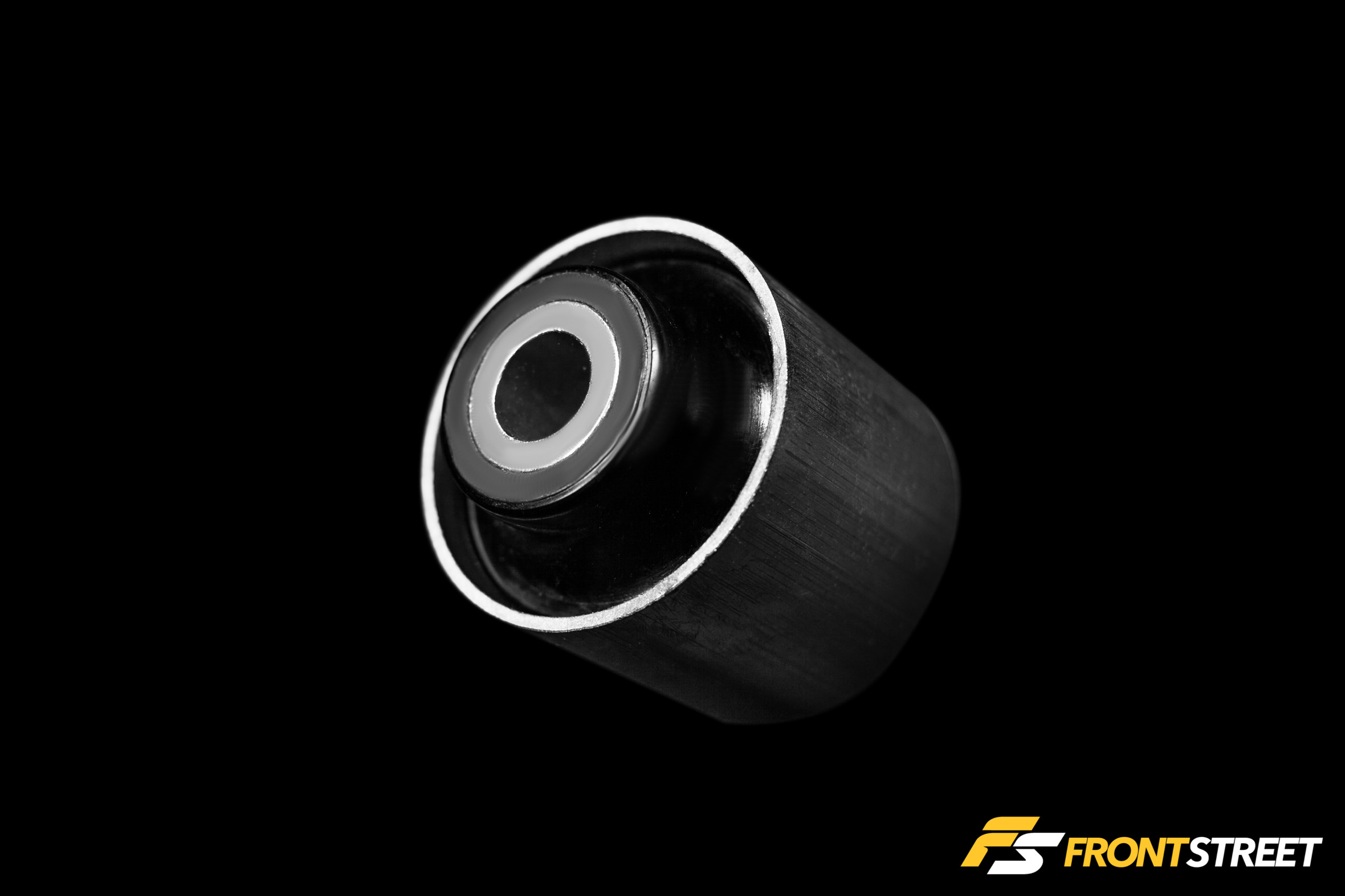
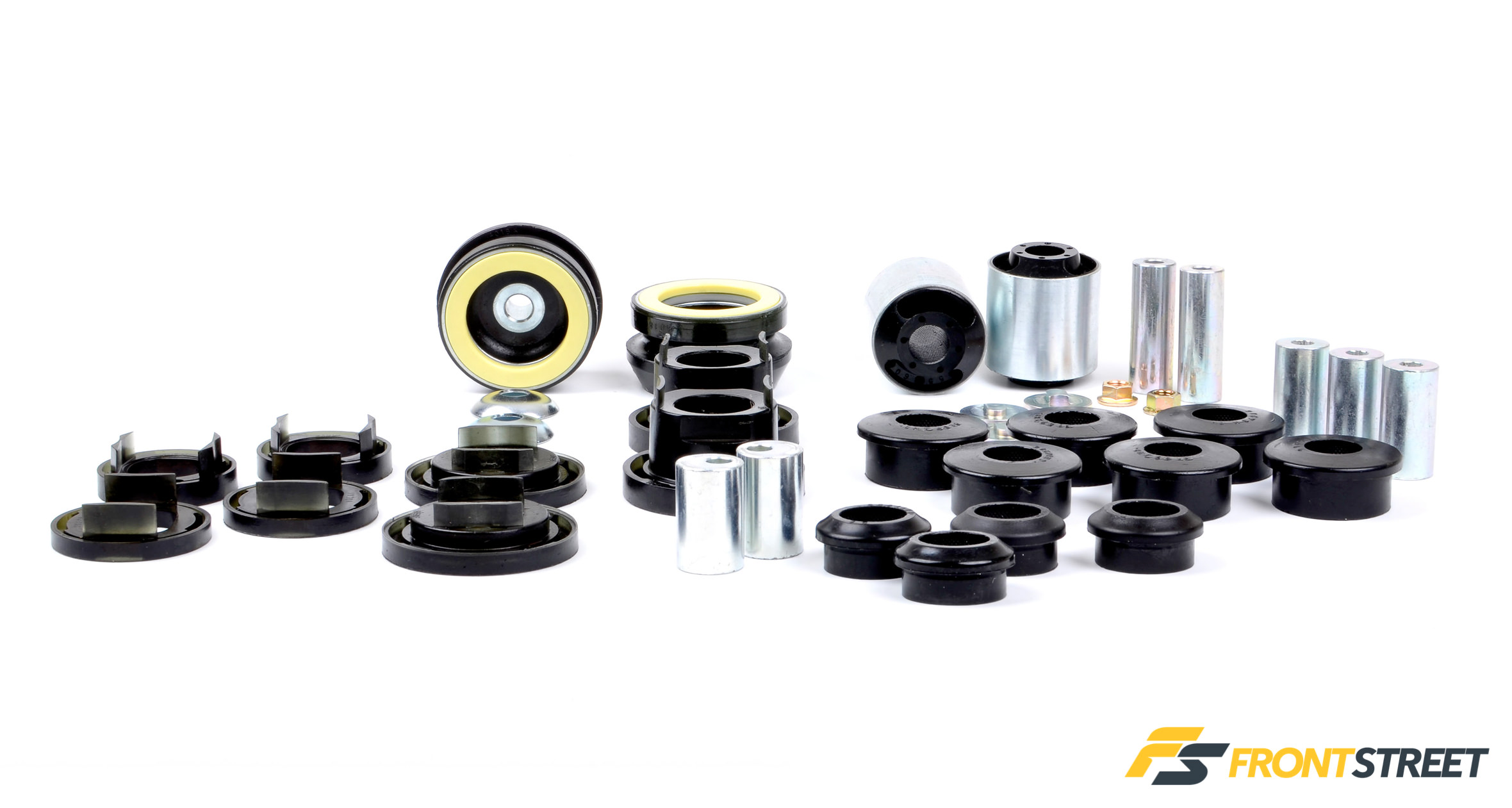
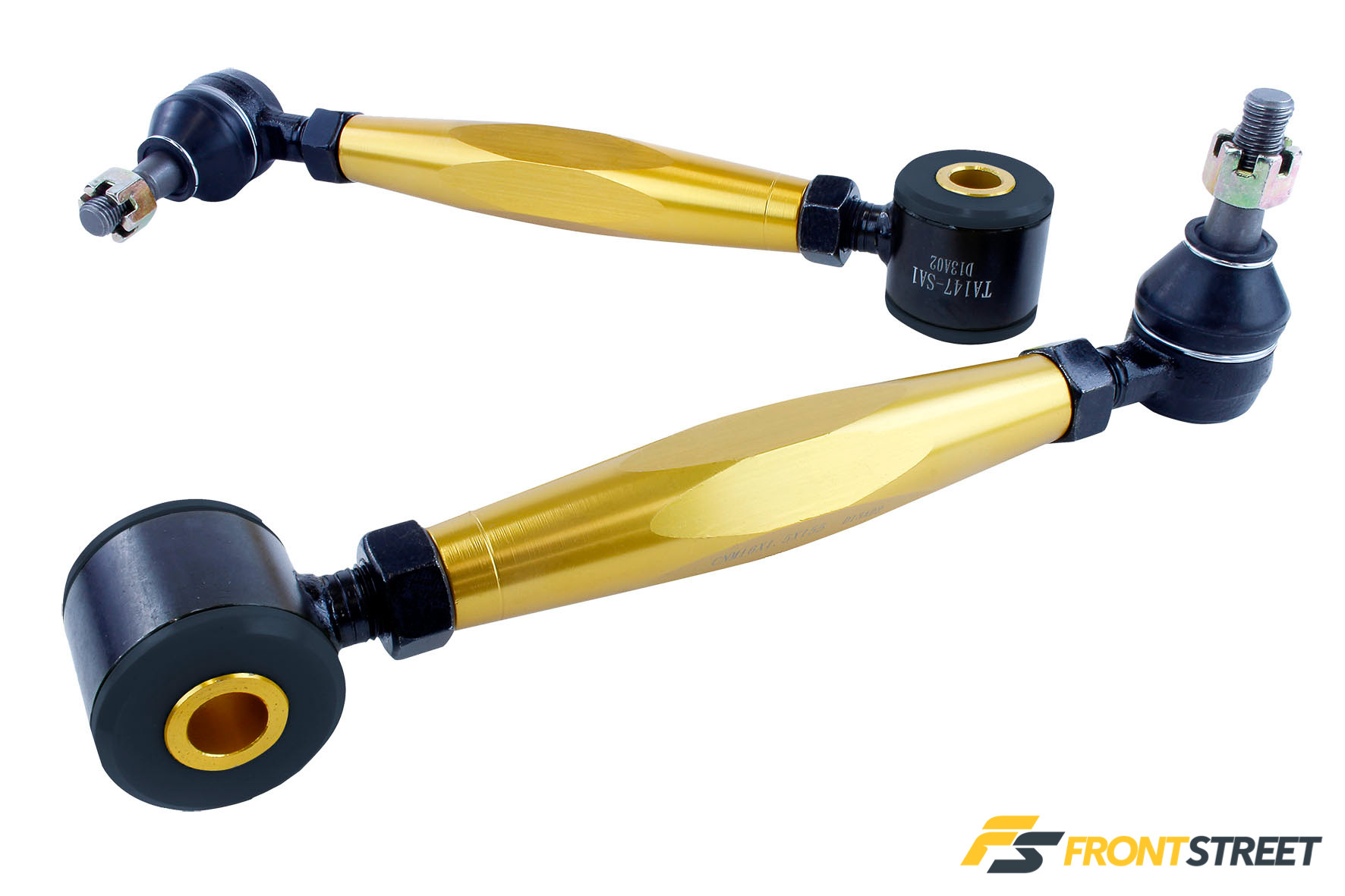
Bushings
For a lateral arm inner bushing, we look to place a low-compliance hard bushing here, as this part of the car is crucial for maintaining dynamic wheel alignment settings. Keeping these alignment settings during hard cornering is a top priority for Whiteline. We do not need to focus strongly on OE deflection here, as we know that NVH is not easily transferred to the driver in this area.
Regarding say, a radius rod or caster bushing, this is when we need to create a balance for street driven cars. Typically every vehicle will have a very soft bushing here. Whiteline can improve a vehicle in leaps and bounds when designing a product for this part of the car. Initial deflection data — measured in kgs/mm — is collected here using X-, Y-, and Z-axis. We then strive to offer a similar driver feel very early in deflection but create bushings with a significant ramp-up in deflection as vehicle cornering speed increases. This steep deflection incline is when clever tooling design in conjunction with our three main durometer go tos — 75/85/95 — is needed to make the Poly work in a sense that satisfies both NVH and performance/turn-in ability.
We also have our motorsport items, such as KCA425M, where NVH is not even thought about during development or production.
Regarding caster values in general, we look to increase OE caster 10- to 20-percent where possible on road cars. This new value always improves the car’s natural turn-in by offering dynamic — or free — camber, which creates a safer car at high speed.
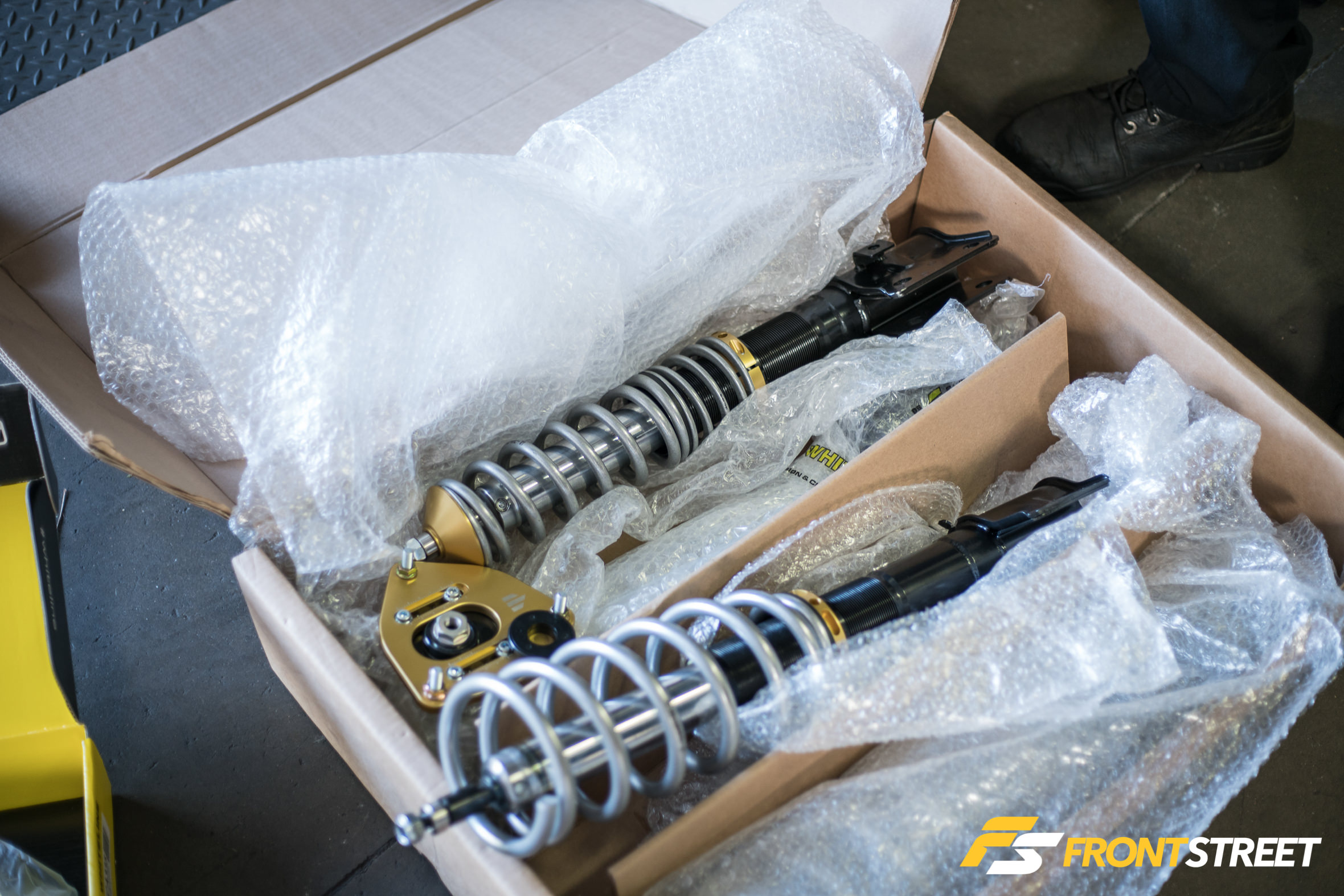
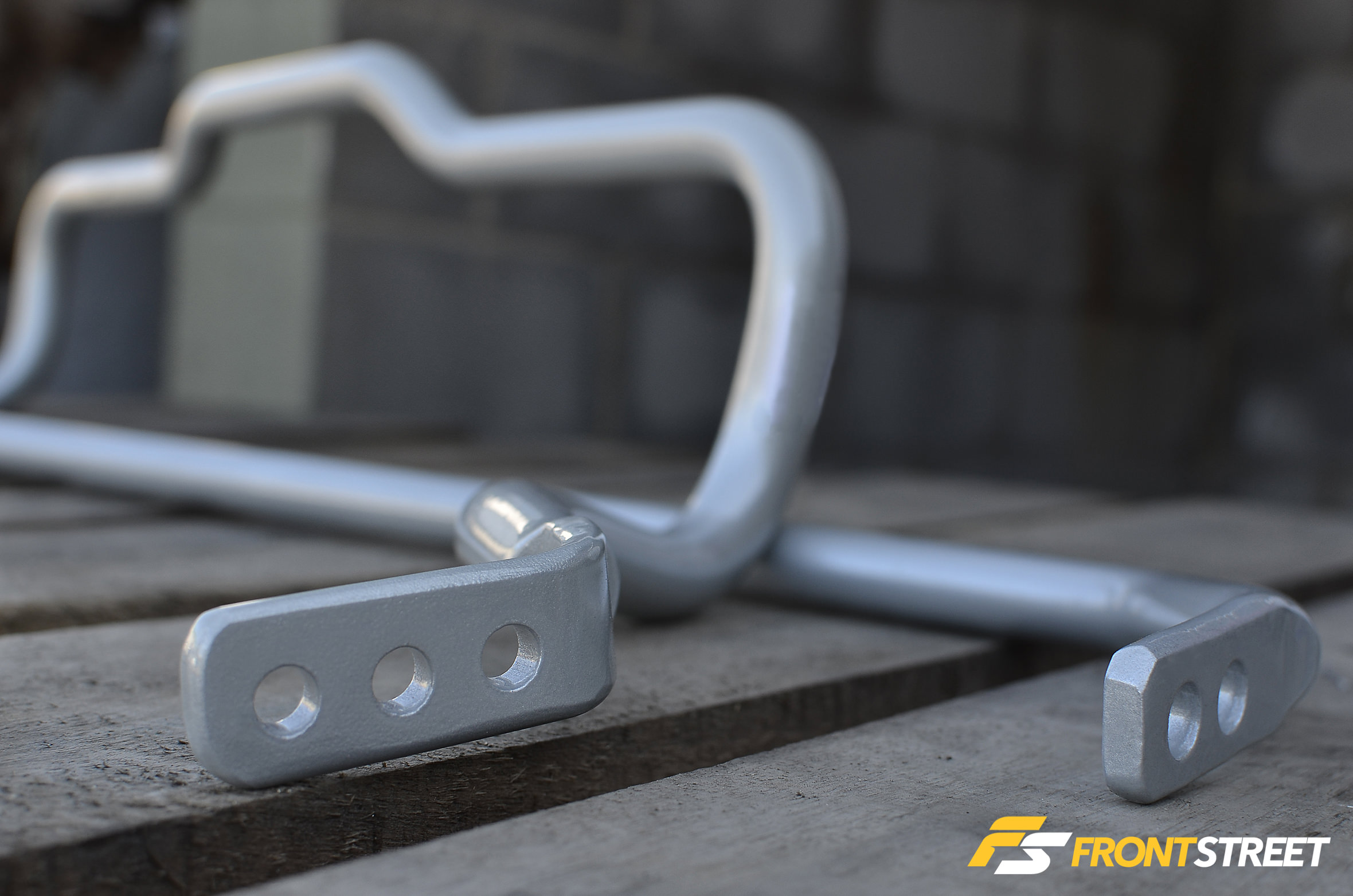
Sway Bars
Initial checks involve simply driving the car. Based on our experience, we learn what the chassis wants to do, whether that’s understeer/oversteer during corner entry and exit but also its general body roll characteristics.
We do the basic checks, such as tyre temperatures and current wheel alignment settings. We then remove bars, deflect them, understand front/rear bias, and review this with our in-car testing. This review is where tyre quality and rim size is looked at, as ordinary tyres and small rims do not like big sway bars.
Corner weighting info is also important as it helps us better understand what the chassis is naturally more likely to do. OEMs have focused on this over the years, and we see many cars closer to 50/50-weight distribution than we did ten years ago.
Camber control is another area we look into. Does the car have factory camber adjustment, and is it easily addressed? Negative camber is paramount when it comes to bigger bars. Of course, this is difficult with some cars as the only option for adjustment might be on a strut’s top hat.
We also look at the sway bar’s end link situation and location. Can we remove link compliance? Is the link bolted near the hub or halfway along the lateral arm? Along with this, motion ratio is critical when determining sway bar performance, including NVH.
After collecting all of this data, we will try our initial suggested diameters.
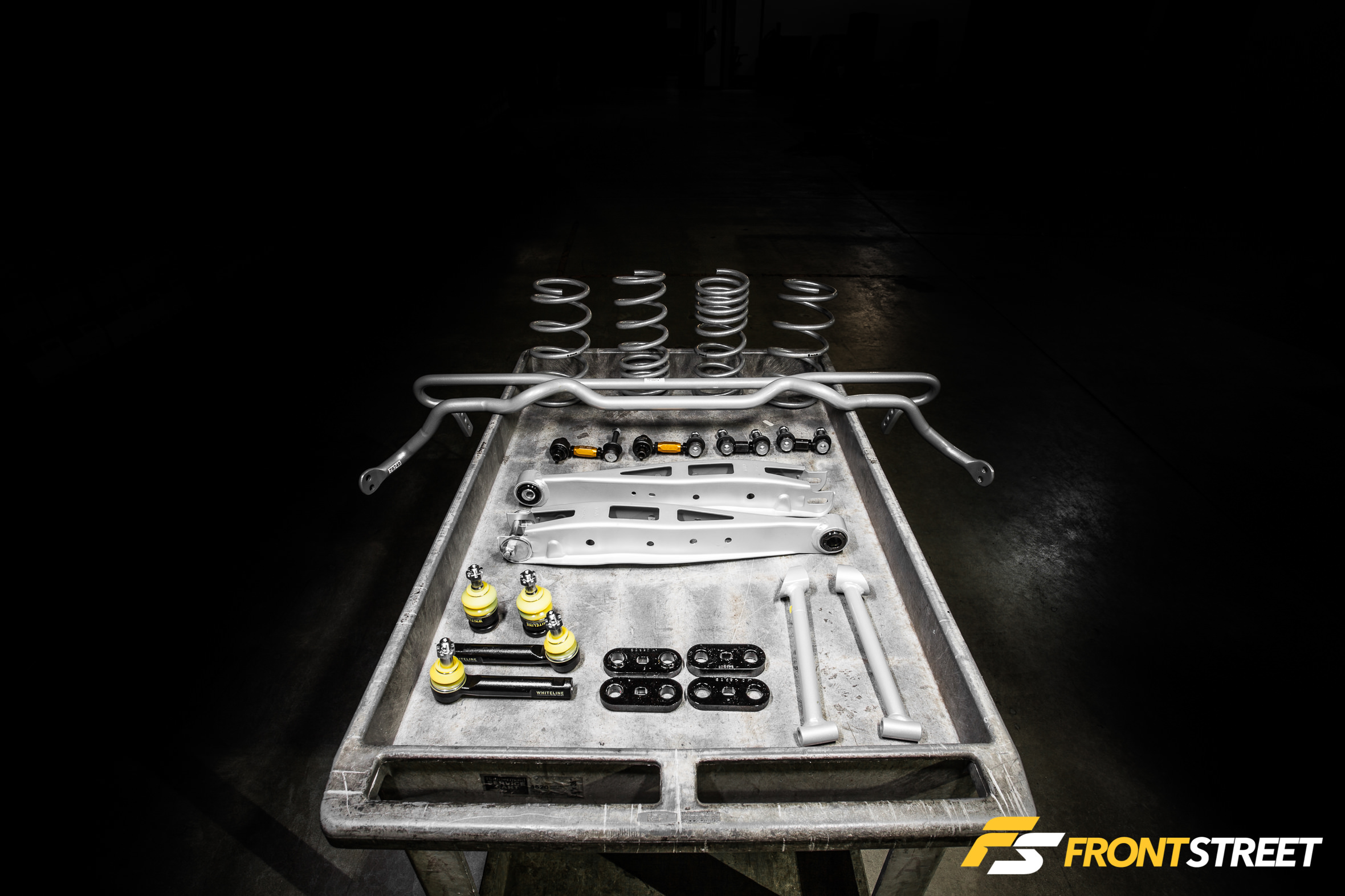
In addition to the data, construction material makes a difference. OEMs use more aluminium hubs and control arms these days, which is a joy for us as this material transfers less NVH and gives us greater flexibility with sway bar sizes. This flexibility means we can increase deflection significantly, sometimes up 80- to 100-percent with minimal NVH differences noticed by the driver.
Understanding what each driver prefers in regards to their vehicle’s handling is tricky. Still, Whiteline strives to create a balanced chassis that is predictable on the limit at speed — in our eyes; this is a fast vehicle.
To further help the customer, sometimes we offer two different sizes of sway bars for purchase. The 2- to 3-point adjustability also adds excellent value for driver/vehicle tuning and creates the chassis that the customer wants/needs.
These factors combine to illustrate how we ensure our sway bars and bushings are the best bang for buck chassis items and work well within each vehicle’s parameters.
Thanks to John for taking time out of his busy schedule to talk with us! Check out previous installments of One Question content right here.
https://whitelineperformance.com/
https://www.facebook.com/WhitelineFlatout/






